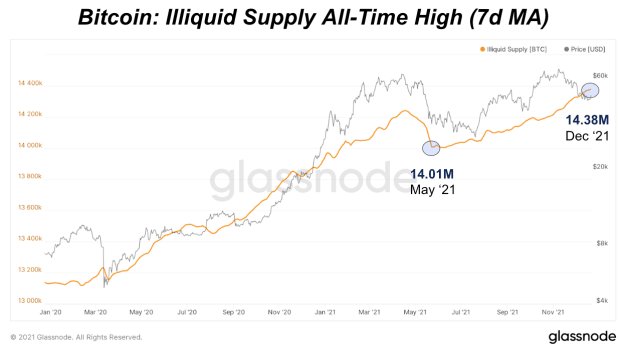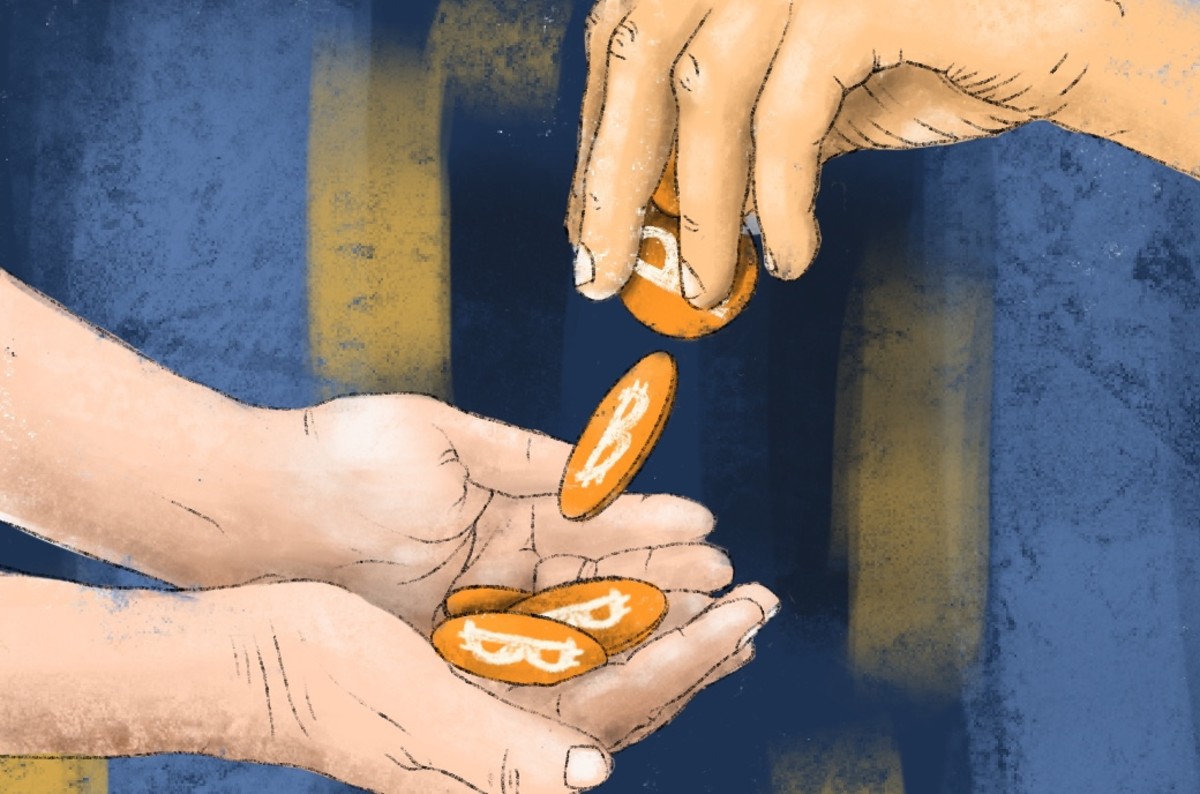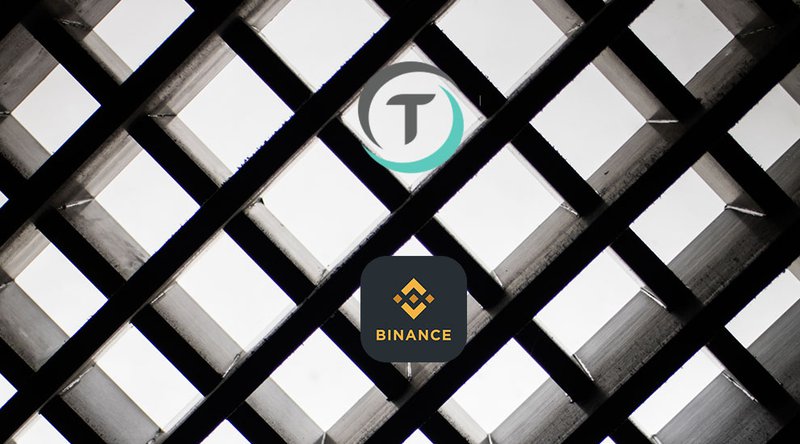Using Hash Rate To Examine Bitcoin Price Dips
The bitcoin mining industry undergoes various capitulations upon the halving of block rewards, affecting bitcoin’s price.
Mimesis Capital: Inside The Event Horizon, Report #17
Why Hash Ribbons Predict Local Bitcoin Bottoms So Accurately
Theory: When the bitcoin price hits a certain level, selling pressure starts to exponentially disappear.
Bitcoin mining is a ruthless industry. Over the long run only the most efficient mining firms will survive.
The tendency for the mining industry to attract large amounts of competition combined with simplicity and beauty of the Bitcoin protocol could give us a method to predict local “price floors” for bitcoin.
Halvings
Blockware Solutions, a bitcoin mining firm, released an in-depth report last year on how halvings directly affect miners and how much sell pressure is removed from the market post-halving.
Take a look at the entire report to get a good idea of how they reached their specific conclusions, but they estimated that USD-denominated forced miner selling would fall 70% after the halving with no change in price.

This was likely a major catalyst for the current bull run.
How Does This Work?
Sell pressure drops due to miner capitulation.
Directly after a halving miner capitulation occurs because the block subsidy is cut in half, but the operating expenses of mining firms do not change.
Revenue being sliced nearly in half, while expenses remain unchanged, is obviously disruptive for any business.
This situation purges the most inefficient miners from the network. As a result, difficulty falls and the most efficient miners actually become more profitable. This free market process removes the miners who are forced to sell the most bitcoin to cover their expenses and rewards the most efficient miners by giving them more bitcoin.
The miner capitulation process occurs until sell pressure has decreased significantly. As price falls, sell pressure exponentially disappears due to the most inefficient (high forced sellers) miners being eliminated from the network.
When Can Miner Capitulation Occur?
The most obvious form of miner capitulation is post-halvings. A 70% reduction in sell pressure, as estimated by Blockware Solutions, clearly had a massive effect on the market price of bitcoin.
However, this inefficient miner purge occurs naturally over time and especially around price drops.
New efficient miners are constantly being brought online (better ASICs, lower electricity rates, fully financed publicly-traded mining firms, etc.). The most inefficient miners get purged when difficulty increases, electricity rates increase or price drops.
Simplified Miner Capitulation Bottom Examples
The first model is assuming peak hash rate and a bitcoin price of $60,000.

Looking at the model, the mining network is divided into five different layers.
The first layer is the most efficient and is roughly 20% of the total network. This likely would consist of publicly-traded firms like $RIOT, $MARA and $HUTMF that have access to unlimited amounts of capital available in public markets and that do not have to sell any bitcoin.
The fifth layer is the most inefficient and is also roughly 20% of the total network. At the current bitcoin price, their operating expenses are roughly 80% of their revenue (mined bitcoin). This means their margins are very sensitive to drops in the price of bitcoin, electricity price increases, rent increases and network difficulty increases.
Now let’s look at the second model. In this model, the price has dropped from $60,000 to $35,000 and the hash rate has also fallen 20%.

The fifth most inefficient layer of the network has now been eliminated. Due to the sudden drop in the bitcoin price, layer five’s operating expenses ($41.4 million) now exceed the amount of bitcoin they can mine ($37.8 million). This causes them to shut down their operations and the remaining layers obtain a larger share of the hashrate.
The interesting idea here is that USD-denominated sell pressure decreased by 40%.
Last, let’s look at the third model. In this model the price has dropped from $60,000 to $20,000 and the hash rate has also fallen 40%.

The fourth and fifth layers of the network have now been eliminated. Due to the sudden drop in the bitcoin price, both layer’s operating expenses now exceed the amount of bitcoin they can mine. This causes them to shutdown their operations and the remaining layers obtain a larger share of the hashrate.
The interesting idea here is that USD denominated sell pressure decreased by 70%.
Hash Ribbons
Hash ribbons are an indicator to help measure miner capitulation.
While the hash ribbon indicator is not perfect, it can illustrate points in bitcoin’s history where selling pressure starts to exponentially disappear.
The indicator releases a buy signal when miner capitulation has ended and price has cooled off. Charles Edwards from Capriole Investments explains hash ribbons in detail.
When sell pressure starts to exponentially disappear due to the dynamics of hash rate falling, we can be more confident bitcoin has bottomed.
Another interesting thing to point out is that the indicator never goes off near tops (2011, 2013, 2017). As the price begins to fall after every local top, hash rate continues to rise. Since hash rate is still rising as the price falls, sell pressure is likely increasing across the network until miner capitulation occurs and signals the bottom during a bear market.
This is how deep bear markets occur. Price gets way overheated for what the network, users and miners can sustainably handle. When price momentum shifts, miners are still being deployed because it is still highly profitable to mine bitcoin. Then you get a period where negative price action scares away new buyers, but more sellers (capitulating miners) still appear due to more miners getting deployed and increasing network difficulty.
Since bitcoin is the best monetary good ever created and we are watching the world begin to monetize it, it’s likely a fantastic idea to stack more sats when it begins to get exponentially more scarce, as indicated by hash ribbon bottoms. This is about to occur again for the twelfth time in history.
TLDR: Use hash ribbons to time bitcoin buys when price has dropped and sell pressure is likely exponentially dropping too.
This is a guest post by Mimesis Capital. Opinions expressed are entirely their own and do not necessarily reflect those of BTC, Inc. or Bitcoin Magazine.








